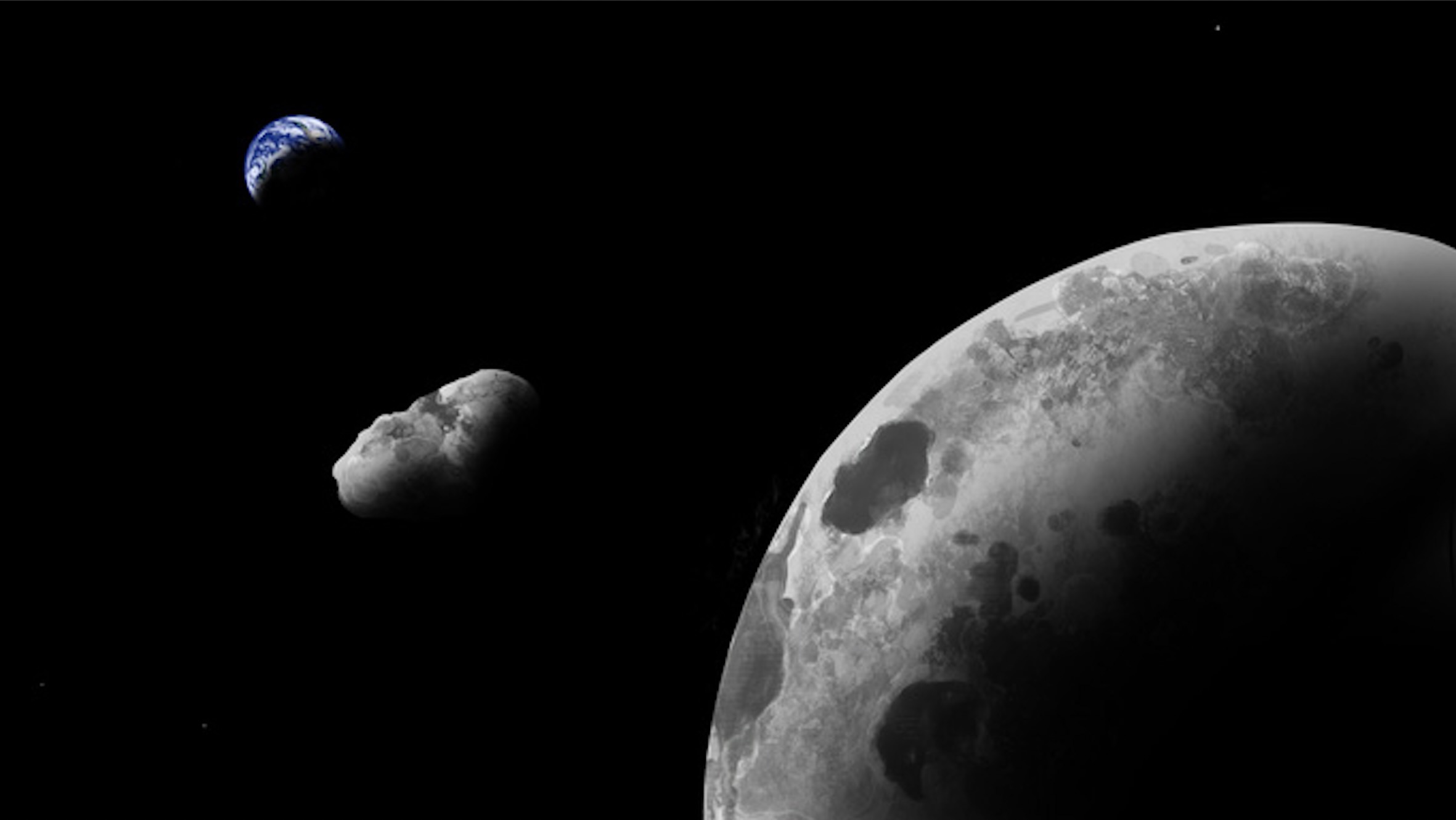Scott Kelly: The American Astronaut Who Spent a Year in Space
Reference Article: A brief biography of astronaut Scott Kelly.
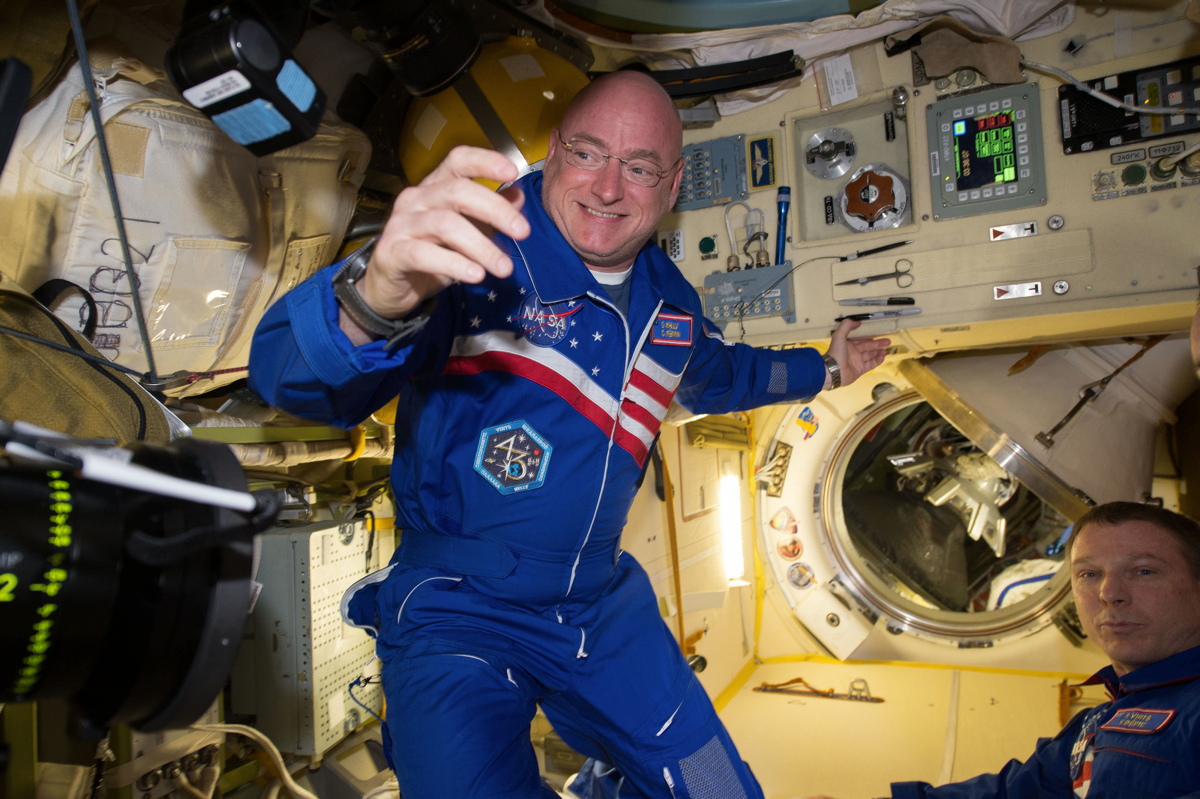
Scott Kelly is a former NASA astronaut who is best known for spending nearly a year on the International Space Station and for spending 520 days in space, which puts him on the list of Americans who have spent the most time in space. (The current record holder is Peggy Whitson, at 665 days.)
Kelly completed two long-duration space station missions and two shorter-duration space shuttle missions between 1999 and 2015. Scott Kelly is the twin brother of Mark Kelly, who also was a NASA astronaut.
The principle scientific goal during Scott Kelly's one-year mission was to better understand how the human body adapts to lengthy periods in space. Most ISS missions are only five to six months in length. While longer missions of approximately a year (in one case more than 400 days) took place on the Mir space station in the 1990s, modern medicine has made it easier to measure the physiological and genetic changes that occur.
Kelly and Russian colleague Mikhail Kornienko both spent 340 consecutive days on the ISS, all the while tracking how their bodies were changing. Kelly's physiological changes were also compared to those of his twin brother, who remained on the ground.
Applying for NASA
Scott Kelly was the second of the two brothers to be born, on Feb. 21, 1964. In a 2010 NASA interview, the Kelly twins said that their parents didn't tell them who was the oldest until the boys were in their teens.
"Our parents weren't — they didn't want to tell who was older because they thought maybe that person would then have some leverage or something like that," Scott said.
The brothers were born and grew up in West Orange, New Jersey. They both watched the Apollo 11 moon landing in 1969 at age 5 (although only Scott says he remembers it), but for the most part, space was only a passing interest in their childhood. In their spare time, they visited the museums in Manhattan and played sports. In high school, the brothers were co-captains of the swim team and participated in track, baseball and football.
Initially, Mark and Scott took different paths after high school. Mark joined the Navy, and received a bachelor's degree in marine engineering and nautical science from the U.S. Merchant Marine Academy in 1986. In 1994, he received a master's degree in aeronautical engineering from the U.S. Naval Postgraduate School.
Scott received a bachelor of science degree in electrical engineering from the State University of New York Maritime College in 1987, graduated as a naval aviator in 1989, and received a master's degree in aviation systems from the University of Tennessee, Knoxville, in 1996. Both twins applied for the 1996 NASA astronaut class. "Most test pilots apply at some point to the astronaut program," Mark recalled in the same interview. Both were accepted.
Related: Twins in Space: NASA's Twin Astronauts Mark and Scott Kelly (Photos)
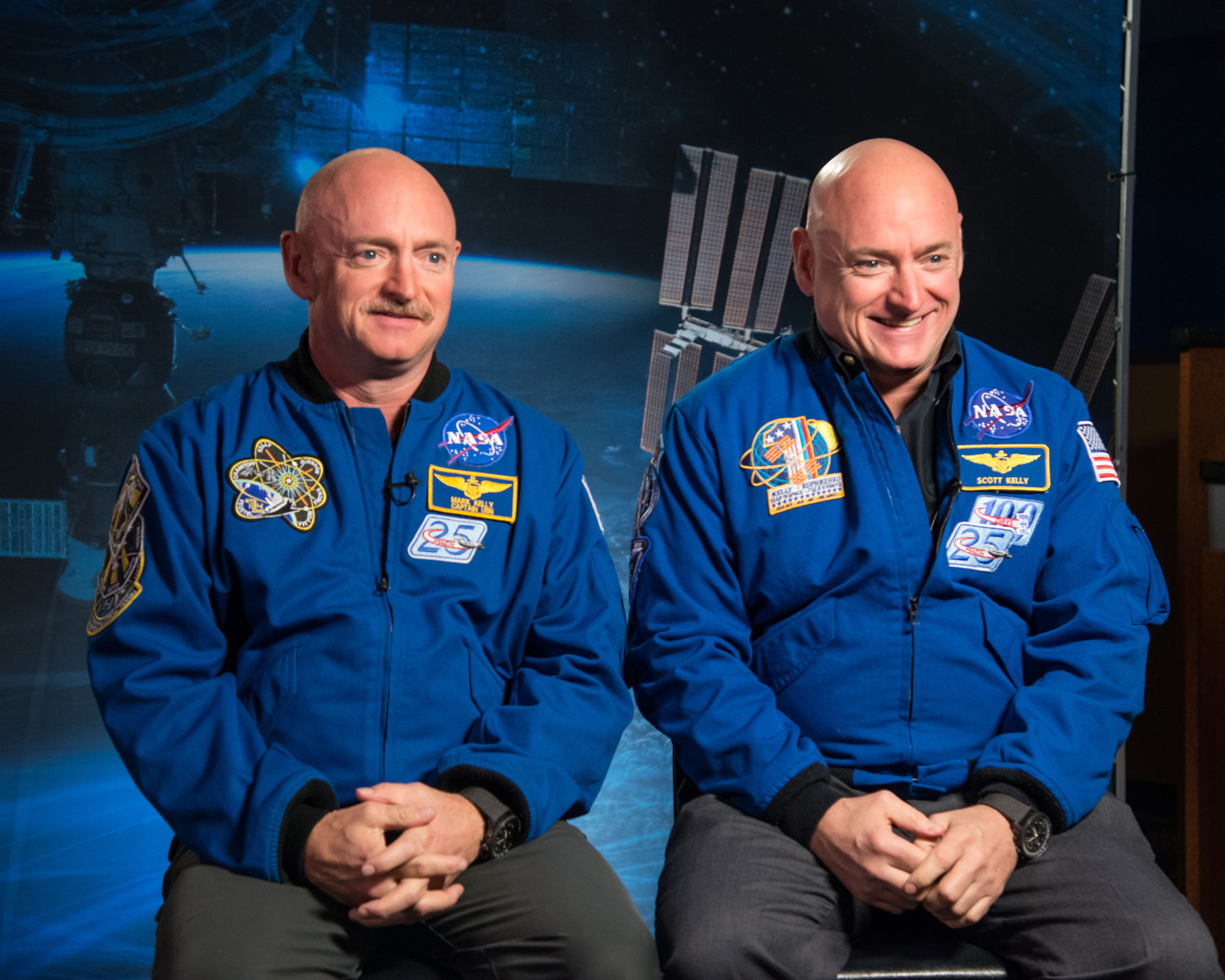
Spaceflight experience
Only three years after beginning his astronaut training, Scott Kelly served as the pilot for STS-103, a shuttle mission that upgraded the Hubble Space Telescope. His crew spent eight days in space in December 1999 (including Christmas).
Kelly held many roles in between missions, including director of operations in Star City, Russia, and being a backup for ISS Expedition 5. His next mission, STS-118 on the space shuttle Endeavour, was in 2007. This was a construction flight to the International Space Station that added a gyroscope, a truss and a new spare-parts platform.
Kelly then switched launch vehicles to a Soyuz for his next flight into space, which would be his first long-duration space station mission. He launched in October 2010 and spent 159 days aboard the ISS, and served as commander of mission Expedition 26.
Around this time, NASA and Roscosmos, Russia's space agency, were discussing sending up an astronaut-cosmonaut team to live on space station for an entire year. Scientists hailed it as a way to improve the knowledge of the human body in microgravity, especially because NASA is hoping to have a human mission to Mars someday.
Kelly ended up being one of only a few astronauts at NASA who qualified for the mission based on his experience and the fact that his radiation exposure had not yet hit the lifetime limit for NASA astronauts. Kelly said he was initially hesitant to take a year away from home, but he soon warmed up to the idea, and was happy to go.
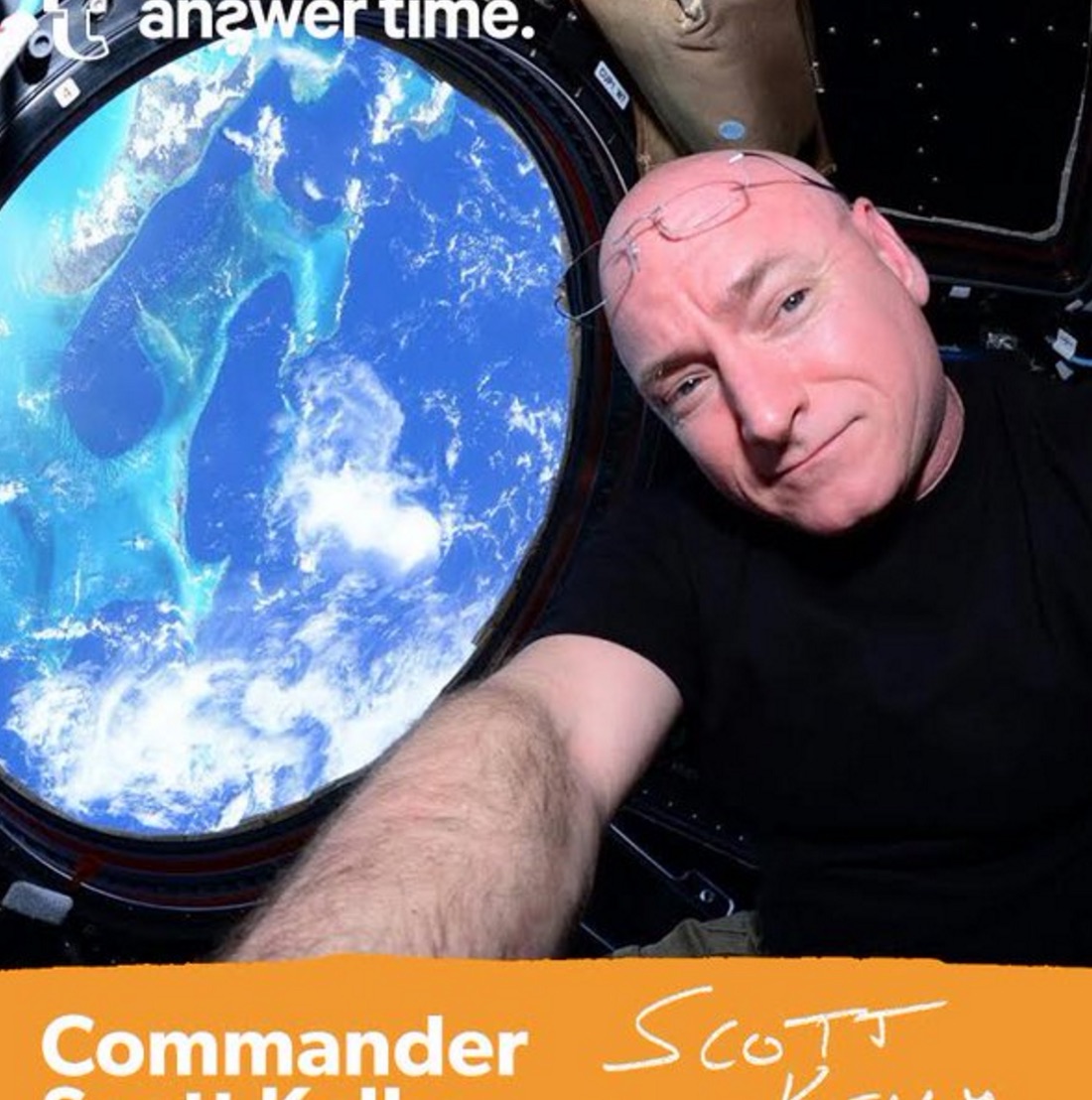
Eventful expeditions
Kelly and Kornienko (along with veteran cosmonaut Gennady Padalka) launched to the ISS on March 27, 2015.
The early days of Kelly's mission were a bit more eventful than anyone expected. A series of cargo ships from different companies and countries failed upon launch to the ISS in the span of a few months. In a documentary that ran on PBS in March 2016, one commentator said the astronauts on board came close to rationing food until successful launches resumed.
Kelly, however, remained focused on completing his tasks in space. He performed three spacewalks, took charge of a moldy plant experiment and saved the zinnia flowers within it, and served as commander for Expeditions 45 and 46. He also sent regular tweets and social media updates, and held news conferences to keep the public informed. (In the documentary, Kelly said he was surprised by the amount of interest the public had in his mission.)
The veteran astronaut arrived safely on Earth again on March 2, 2016, after 340 consecutive days in space. In a news conference after the long journey from Kazakhstan to the United States, Kelly expressed enthusiasm for going back to space, but as a part of a private spaceflight instead, as he felt it was time for younger NASA astronauts to get flight assignments. Kelly retired from NASA on April 1, 2016.
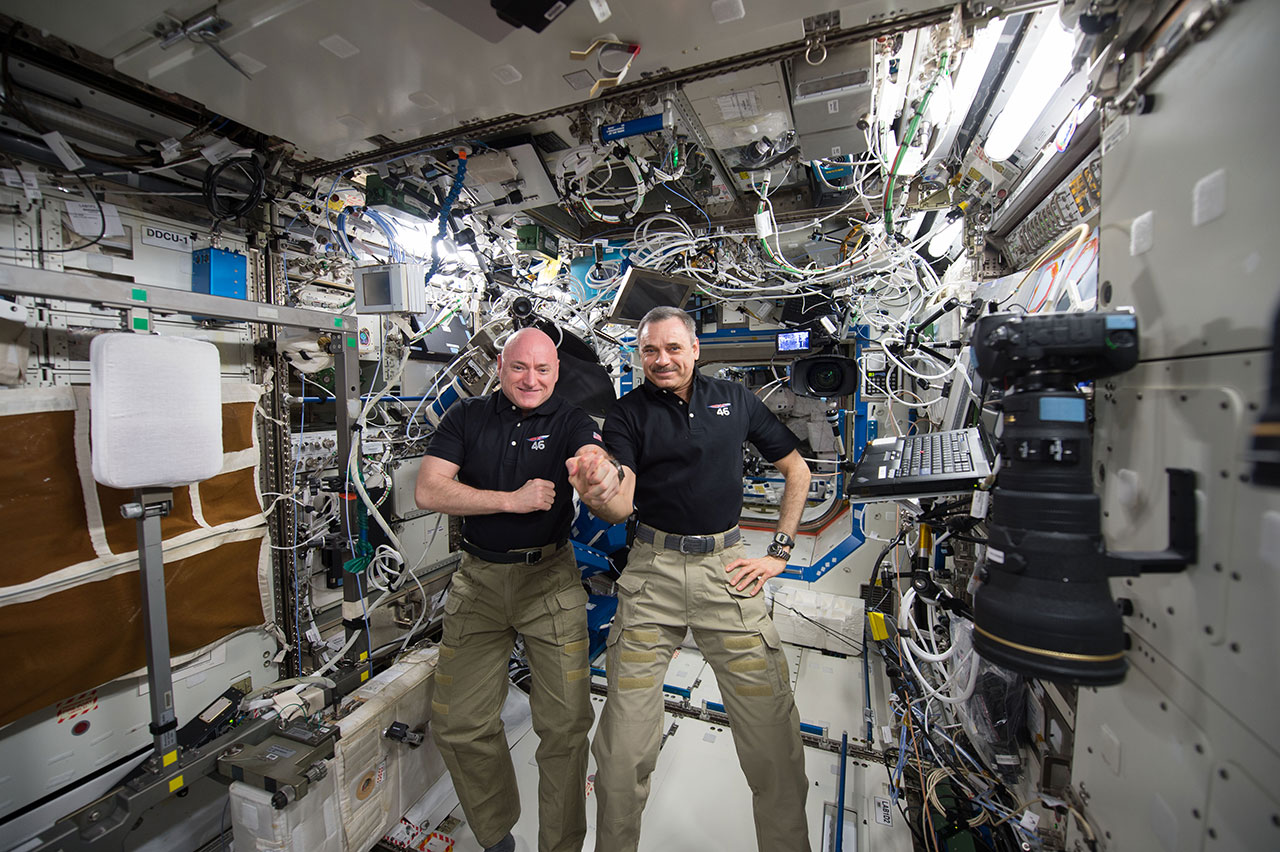
Changes in Kelly's body
Although Kelly landed in 2016, results from the Twins Study carried on for three years before the first summary paper was published in 2019 (after interim releases in 2017 and 2018). The researchers saw a similar level of changes in gene expression in both twins, which was surprising considering the time Scott spent in space. However, Mark's busy life on Earth could have played a role in the findings, the scientists said.
The changes in Scott's genes were consistent with spending a long time in space, such as changes to his immune response (which got more active) and bone activity. Those changes, however, mostly returned to normal within six months of the spaceflight's end. Kelly said he felt 100% better after about eight months back at home.
But there are a few changes in Scott's body that have not returned to normal after three years on the ground, including DNA damage from radiation exposure, and some long-term fluid shifts that have altered his vision (the latter of which has happened to other astronauts, too).
Post-flight activities
Kelly has remained active in spaceflight activities even after retiring from NASA. In fall 2017, he published his autobiography "Endurance: A Year in Space, A Lifetime of Discovery" (Viking, 2017). The title of his book was inspired by Alfred Lansing's "Endurance" (Hodder and Stoughton, 1959), about Ernest Shackleton's Antarctic expedition. Kelly brought a copy of Lansing's book with him to space during his last mission, and left it behind in the space station's small library when he came back to Earth, he recalled in the biography.
"At some point, somebody said to me that this really was a mission of endurance, not only in space, but from the time I was a kid," Kelly said in an interview with collectSPACE in October 2017. "It was an example of sticking your nose to the grindstone and just plugging away at it ... When I heard that, I thought it was a pretty good idea for a title for the book, especially because of the connection I had with 'Endurance' and Shackleton."
In 2016, Sony Pictures announced it had secured the film rights for "Endurance."
PBS and Time did a follow-up documentary on Kelly called "Beyond A Year in Space," which examined Kelly's return to Earth and subsequent medical testing — as well as the paths of two newer astronauts, Jessica Meir and Victor Glover.
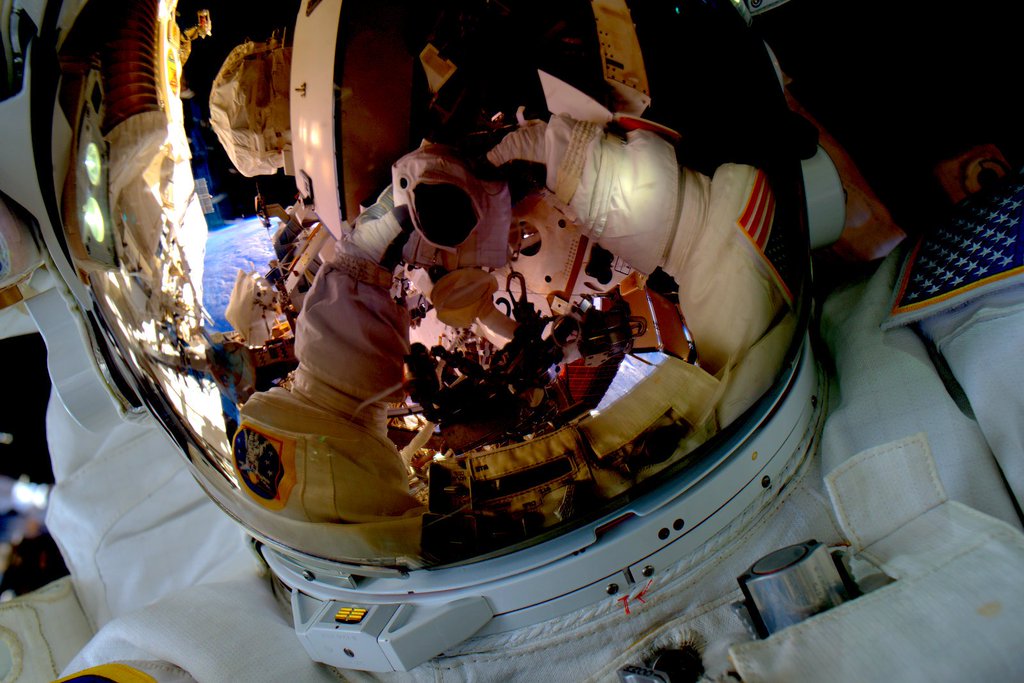
"Two men with identical genomes, identical careers," Jeff Kluger, science editor for Time, said in an exclusive clip from the documentary provided to Space.com. "You send one man to space for one year … you track the other man living an earthly life for that same one year, subtract the differences — that's what space did."
Kelly frequently comments on spaceflight in the media and is also involved in several charitable endeavors. In late 2017 and early 2018, he helped promote an organization helping those hurt by Hurricane Harvey in Houston, as well as research by the Syrian American Medical Society, a medical relief agency. Kelly also traveled to the Arctic in April 2018 with the International Space School Educational Trust, which works with astronauts and other space advocates to encourage learning in science, technology, engineering and mathematics for people of all ages. In 2018, Kelly released a photobook titled "Infinite Wonder: An Astronaut's Photographs from a Year in Space" (Knopf, 2018), chronicling his time in space.
Additional resources:
- Read Scott Kelly's official NASA biography.
- Follow Scott Kelly on Twitter.
- Follow Scott Kelly on Instagram.
Join our Space Forums to keep talking space on the latest missions, night sky and more! And if you have a news tip, correction or comment, let us know at: community@space.com.
Get the Space.com Newsletter
Breaking space news, the latest updates on rocket launches, skywatching events and more!

Elizabeth Howell (she/her), Ph.D., was a staff writer in the spaceflight channel between 2022 and 2024 specializing in Canadian space news. She was contributing writer for Space.com for 10 years from 2012 to 2024. Elizabeth's reporting includes multiple exclusives with the White House, leading world coverage about a lost-and-found space tomato on the International Space Station, witnessing five human spaceflight launches on two continents, flying parabolic, working inside a spacesuit, and participating in a simulated Mars mission. Her latest book, "Why Am I Taller?" (ECW Press, 2022) is co-written with astronaut Dave Williams.
